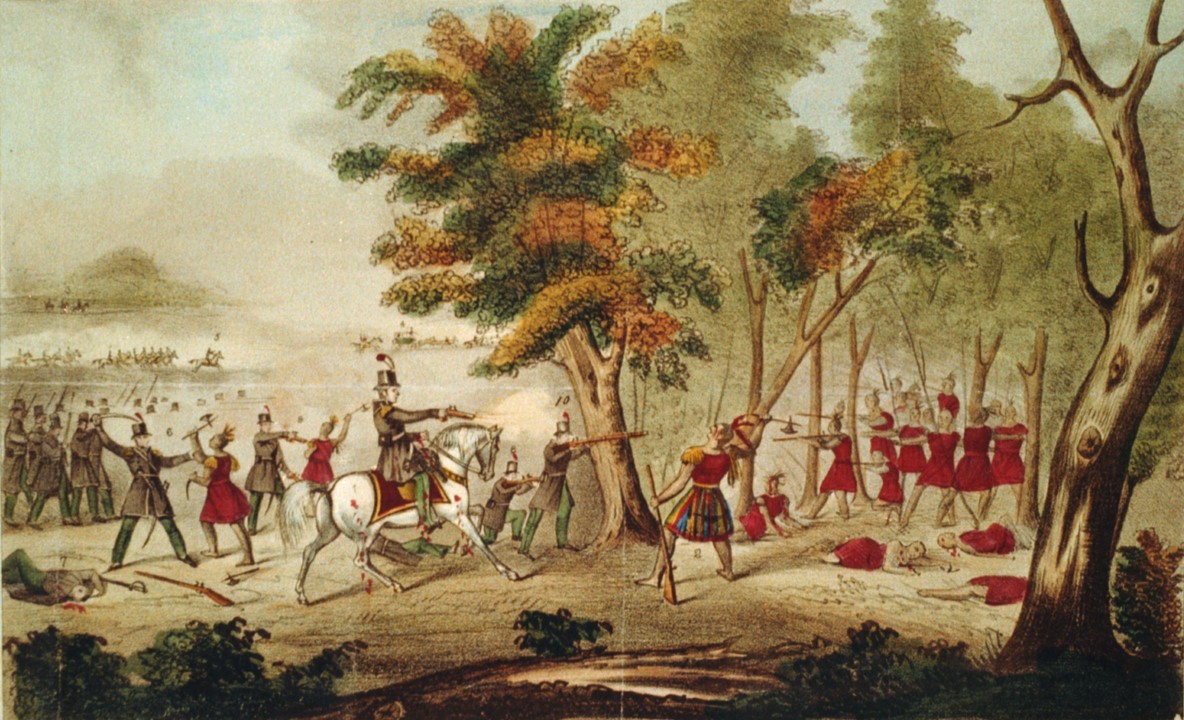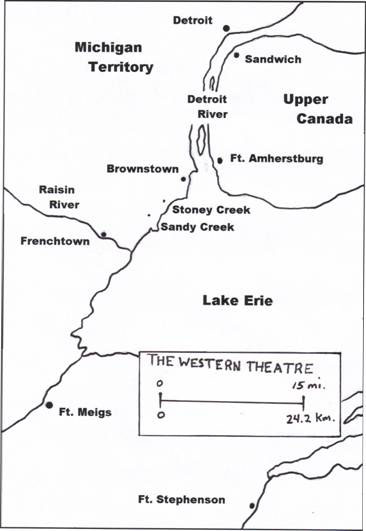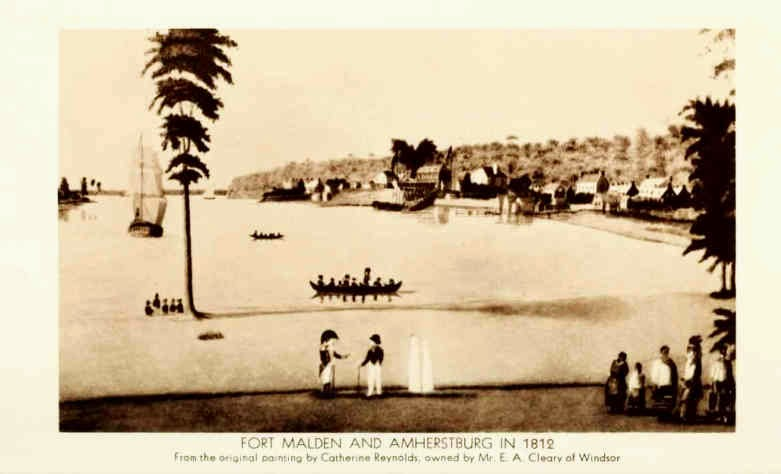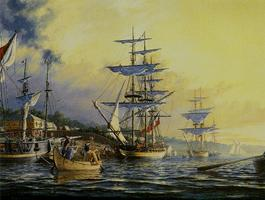War of 1812. Retreat up the Thames River and the Battle of the Thames (Battle of Moraviantown). A Thread following the British army day by day.
Utilizing primarily the Court Martial Transcripts of the Trial of Major General Henry Proctor, we are going to examine
1/x
Utilizing primarily the Court Martial Transcripts of the Trial of Major General Henry Proctor, we are going to examine
1/x
the events of the autumn of 1813 in Upper Canada.
The British had divided Upper Canada into 3 Divisions, with the area including Detroit considered the Right Division.
The entire population of Upper Canada was around 80,000 people in 1812. Most of that population was
2/x
The British had divided Upper Canada into 3 Divisions, with the area including Detroit considered the Right Division.
The entire population of Upper Canada was around 80,000 people in 1812. Most of that population was
2/x
in the Niagara area, York (present day Toronto) and the St. Lawrence River valley (including Kingston the largest town in Upper Canada).
The western end of the province (the area of study) was sparsely populated with most settlements along the lake or major rivers as the
3/x
The western end of the province (the area of study) was sparsely populated with most settlements along the lake or major rivers as the
3/x
few roads were in poor repair and seldom passable.
The Right Division had 3 garrisons, in Amherstburg, Sandwich and Detroit. The total strength of these garrisons was approximately 1200 men, with the majority being the 41st Regiment. The 41st Regiment had been losing
4/x
The Right Division had 3 garrisons, in Amherstburg, Sandwich and Detroit. The total strength of these garrisons was approximately 1200 men, with the majority being the 41st Regiment. The 41st Regiment had been losing
4/x
men throughout 1813 in this theatre, with losses at the River Raisin, Fort Meigs and most recently Fort Stephenson. They had received some transfers from their 2nd Battalion which had arrived in Upper Canada earlier that summer.
5/x
5/x
There was a naval depot at Amherstburg where the Lake Erie fleet was based. There was also a considerable number of Indigenous Allies that were displaced from their homes and relying on the British Indian Department for support and sustenance.
The army was very short
6/x
The army was very short
6/x

 Read on Twitter
Read on Twitter








